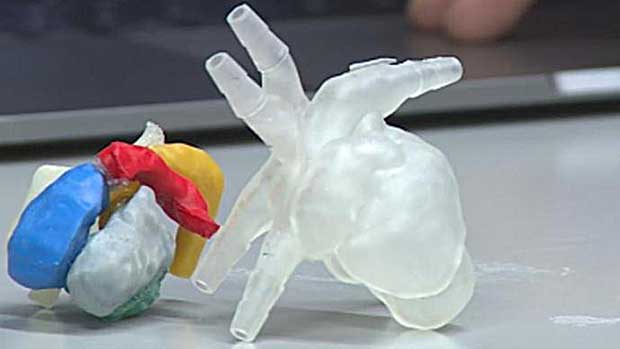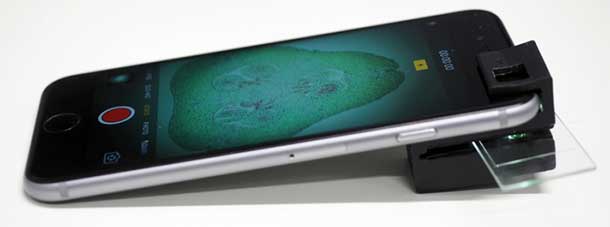
For years, the concept of gene-editing has been consigned to fictional movies and grandiose works of writing. However, it appears that with a major breakthrough that has taken place recently, we might be closer to a breakthrough than we would ever have expected.
The concept is simple: a small biomachine will enter the human body. Then, it looks to find out where defective gene sequences begin and end. Then, it will edit the defect and implant the ‘right’ information instead, with immense accuracy. If it sounds like something for next century, you’ll be pleased to know that this could arrive sooner rather than later.
This form of gene editing has been under development at the University of Alberta. Researchers have produced an exceptional new study that believes the reality is much closer than one would expect.
According to Basil Hubbard, the Canada Research Chair in Molecular Therapeutics and an assistant professor at the University, progress is very impressive. “We’ve discovered a way to greatly improve the accuracy of gene-editing technology by replacing the natural guide molecule it uses with a synthetic one called a bridged nucleic acid, or BNA,” he said.
At the moment, the University has pushed for a patent to help make sure it stays locked as their discovery. Also, they are looking for pharmaceutical industry experts to partner with them to turn this into a genuine therapeutic solution.
Ever since the discovery of the CRISPR/Cas9 system in bacteria gene-editing has become a popular topic of discussion. This form of solution is used to help protect against natural predators known as bacteriophages. Hubbard explained it as allowing “bacteria to store information about previous infections and then use it to seek out and destroy the DNA of new invaders by cutting it.”
The hope is that we ca use this to help cut a specific DNA sequence within a human too. This would allow for gene manipulation. However, the main issue at the moment is the lack of specification that is present; at the moment, it’s cutting similar – but still wrong – genes during the process.
While it’s only making mistakes in around 1% of cases, that’s still too much, as Hubbard explained. “However, given that there are trillions of cells in the human body, even one percentage off is quite significant, especially because gene editing is permanent. One wrong cut and a patient could end up with a serious condition like cancer.”
Although there’s still a large amount of hurdles to be overcome with this particular system, gene-editing just became more realistic. There’s a lot of changes to come, including how to effectively produce it within a human body. However, we are now many more steps closer to making the power of gene-editing a genuine medical solution.
If you would like to know more about this, then check out the Nature Communications journal where you can find the full study. It’s a truly special step towards a safer, healthier future for all.

